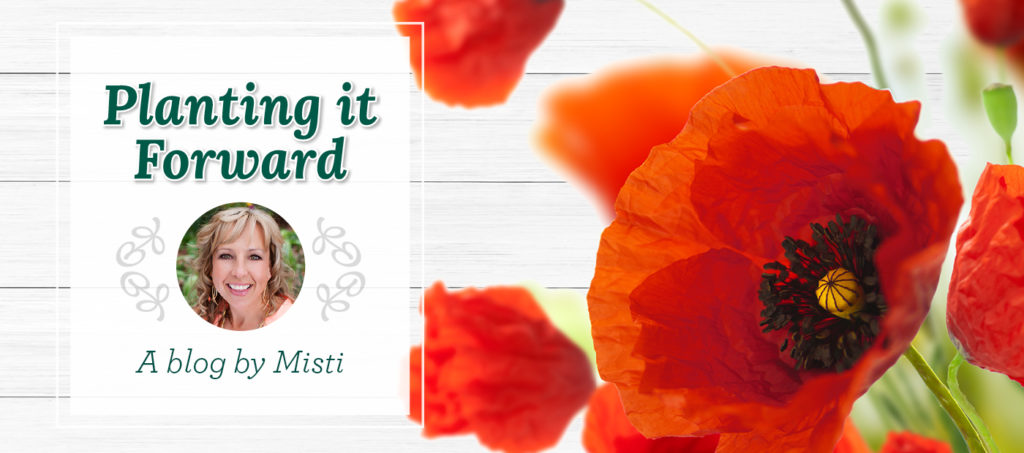
With cold days and snow ahead of us, it might seem a little early to start thinking about this year’s vegetable garden, but now is the perfect time to start planning so that you can start preparing for the garden you want this summer.
Northern Arizona Gardeners have two big challenges every year as they work to get their veggie gardens growing. The first is our high elevation and the second is a shorter-than-average growing season. We barely have 100 days where it doesn’t dip into freezing temperatures overnight.
The good news is that with a little prep work outside and some seed starting indoors, you can still enjoy the whole range of cool- and warm-weather veggies.
Getting the Ground Ready
First off, identify and prepare your planting space. It doesn’t have to be huge, but for vegetables, you want a spot with at least five to six hours of full sun.
You also need good soil. Rich soil that drains well and has a proper mix of nutrients is crucial to successful gardening. Unfortunately, bad soil is rampant throughout northern Arizona, but the only way to be sure is to test your soil. (We have DIY kits here at Warner’s). The tests will let you know what amendments you might need to improve your soil.
If your soil won’t support a garden, however, consider creating a “raised” garden bed. You’ll want to fill the bed with a mix of topsoil, compost and other organic materials like manure to give your plants that nutrient-rich environment that is so important for their growth.
Note for condo/apartment dwellers: Just because you don’t have a yard does not mean you have to give up on dreams of home-grown goodies. Container gardening will work but we’d recommend choosing varieties that are bred to grow in small spaces. Anything with the words patio, pixie, tiny, baby or dwarf in their name is a good bet. And just because a plant is bred to be small doesn’t mean the fruits will be small or the yield will be less.
Growing from Seeds in Early Spring
While you are getting your soil ready in your yard or building your raised bed, you can start your plants off inside your home from seed.
The first step is to get the right supplies. In addition to the seeds, you’ll need containers, soil and eventually, fertilizer. Seed trays are probably the easiest and most convenient way to start off your garden.
Resist the temptation to repurpose houseplant soil or just get dirt from your garden. Instead, invest in a “seedling mix” that is specifically formulated to help grow seeds and is typically a lighter soil, which makes it easier for seedlings to break through the soil once they germinate.
When you see the first true leaves appear, you’ll want to add some fertilizer to provide nutrients and make sure they are getting the sunshine (or lighting system) they need to grow.
Transplanting
As we get further into spring, watch the weather and look for a period with no frost in the forecast, probably around late April. This is a good time for “cold-season” veggies, such as broccoli, cauliflower, cabbage, kale, lettuce and spinach to move outside. You’ll want to wait until May to transplant warm-season vegetables like eggplants, tomatoes, peppers and squash.
Here’s a trick you might want to try as you transplant your vegetables: expose your seedlings to the elements gradually before moving them to their final container or garden bed. One way is to leave the seedlings out during the day and bring them back in at night so they can adjust and “harden” to the elements.
Remember that northern Arizona weather is changeable. You might need to cover your newly planted veggies with frost cloth on certain nights. Or you can use season extenders, tubes of water that surround an individual plant. The water in the tubes heats up from the sun during the day and keep the soil beneath the plant and the air around it warm.
While we are talking about protecting your veggies, another important aspect is keeping our wildlife friends out of your garden. If you think the deer love your flowers, imagine how all the members of the woodland community will feel about your vegetables. So when planning out your space, leave some room for a protective fence.
Watering
Finally, once those beautiful plants are in the ground, please remember to water them regularly.
Without regular water, vegetables will not fill out and some, like tomatoes, will crack open if they suddenly plumped up with water after struggling without.
The main point here is that you can’t always rely on rain. So part of your planning process is to think about the best way to water regularly. We are big fans of drip irrigation. The newer component systems are really quite easy to install and cost a lot less than most people think. Plus, you’ll save money on water, because unlike handwatering, drip irrigation goes directly to the plant’s roots. You lose less water to runoff and evaporation.
We wish you the best of luck as you start planning your garden this year. If you have any questions, please stop by the nursery or give us a call. We’d love to help.
Happy Gardening,
Misti